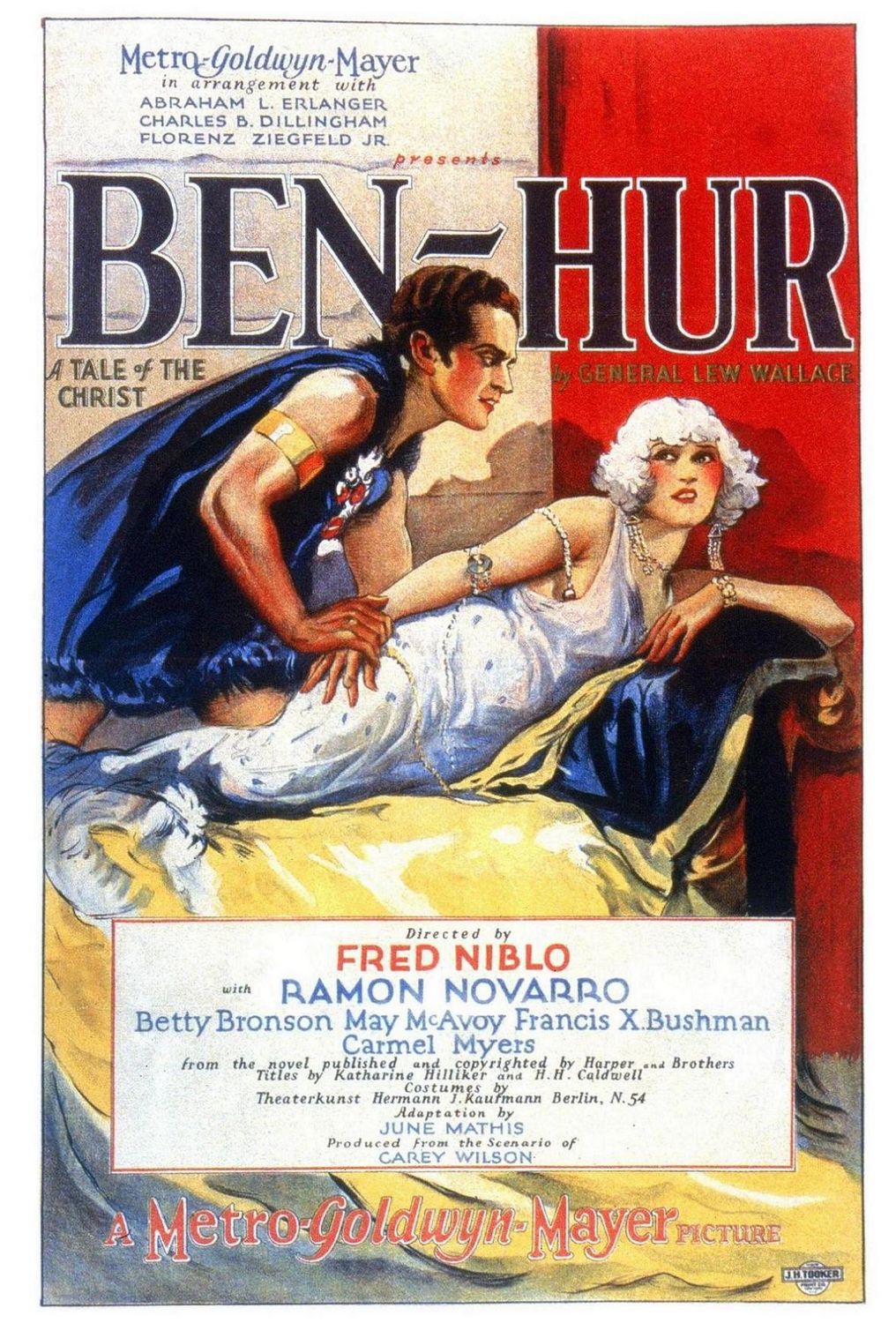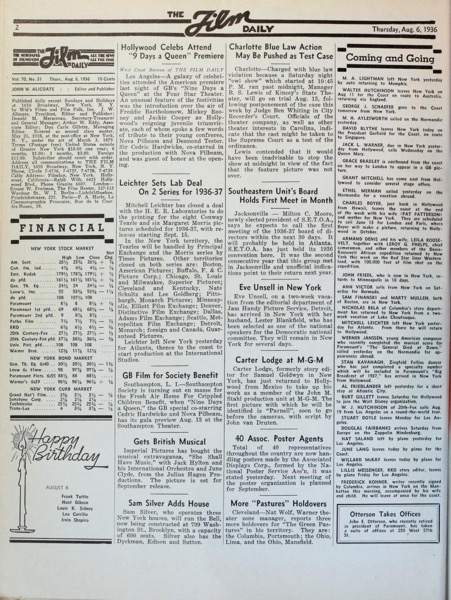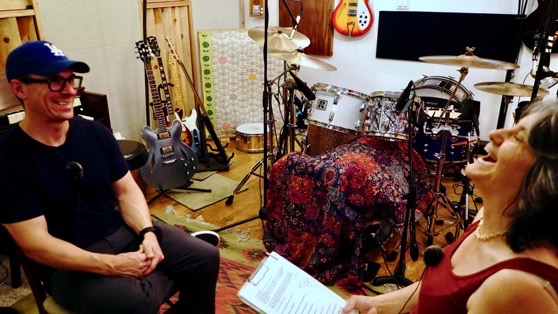Months of research went into the creation of the essays in “When Women Wrote Hollywood.” Here are some of the resources used to enlighten today’s film lovers to the female pioneers who helped create it.
From The “When Women Wrote Hollywood” Archives 12: Lois Weber in Early Hollywood by Shelley Stamp
†
† Available at Los Angeles Public Library
“Among early Hollywood’s most brilliant filmmakers, Lois Weber was considered one of the era’s ‘three great minds’ alongside D. W. Griffith and Cecil B. DeMille. Despite her accomplishments, Weber has been marginalized in relation to her contemporaries, who have long been recognized as fathers of American cinema. Drawing on a range of materials untapped by previous historians, Shelley Stamp offers the first comprehensive study of Weber’s remarkable career as director, screenwriter, and actress. Lois Weber in Early Hollywood provides compelling evidence of the extraordinary role that women played in shaping American movie culture. Weber made films on capital punishment, contraception, poverty, and addiction, establishing early cinema’s power to engage topical issues for popular audiences. Her work also grappled with the profound changes in women’s lives that unsettled Americans at the beginning of the twentieth century, and her later films include sharp critiques of heterosexual marriage and consumer capitalism. Mentor to many women in the industry, Weber demanded a place at the table in early professional guilds, decrying the limited roles available for women on screen and in the 1920s protesting the growing climate of hostility toward female directors. Through her examination of Weber’s career, Stamp demonstrates how female filmmakers who had played a part in early Hollywood’s bid for respectability were in the end written out of that industry’s history. Lois Weber in Early Hollywood is an essential addition to histories of silent cinema, early filmmaking in Los Angeles, and women’s contributions to American culture.”
Buy “When Women Wrote Hollywood” Today!
†
Paperback Edition | Kindle Edition | Google Play Edition
* A portion of each sale from Amazon.com directly supports our blogs
** Many of these books may be available from your local library. Check it out!
† Available from the LA Public Library

![39 Fay Kanin from “When Women Wrote Hollywood” with Dr. Rosanne Welch [Video] (40 seconds)](https://rosannewelch.com/wp-content/uploads/2020/02/csuf-rmw-w3h-39.jpeg)
![38 Elaine May from “When Women Wrote Hollywood” with Dr. Rosanne Welch [Video] (53 seconds)](https://rosannewelch.com/wp-content/uploads/2020/01/csuf-rmw-w3h-38.jpeg)

![37 “Girl Writer” from “When Women Wrote Hollywood” with Dr. Rosanne Welch [Video] (1 minute 6 seconds)](https://rosannewelch.com/wp-content/uploads/2020/01/csuf-rmw-w3h-37.jpeg)

![36 Leigh Brackett from “When Women Wrote Hollywood” with Dr. Rosanne Welch [Video] (47 seconds)](https://rosannewelch.com/wp-content/uploads/2020/01/csuf-rmw-w3h-36.jpeg)



![35 Harriet Frank, Jr. from “When Women Wrote Hollywood” with Dr. Rosanne Welch [Video] (1 minute 9 seconds)](https://rosannewelch.com/wp-content/uploads/2020/01/csuf-rmw-w3h-35.jpeg)